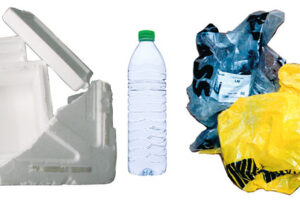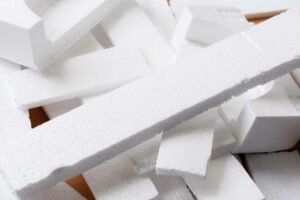Plastics (packaging materials)

A high quality recycling requires the absolute separate collection of the material. Not only should the products be made out of the same basic plastic material (for instance PE) but they also have to come from the same field of application as only in this case will the characteristics of the material match.
Use the returnable packaging system from your supplier. Use packaging materials (for instance packaging chips) several times if possible.
Preparation of the various separately collected plastic materials for the production of new products and return into the economic circuit. Contaminated or compound plastic undergoes thermal treatment.
Important! Not in the household waste!

The Luxembourg producer System Valorlux is in charge of packaging from households and other common household packaging (for example drinks).

Plastics (packaging materials)
A high quality recycling requires the absolute separate collection of the material. Not only should the products be made out of the same basic plastic material (for instance PE) but they also have to come from the same field of application as only in this case will the characteristics of the material match.
Use the returnable packaging system from your supplier. Use packaging materials (for instance packaging chips) several times if possible.
Preparation of the various separately collected plastic materials for the production of new products and return into the economic circuit. Contaminated or compound plastic undergoes thermal treatment.
Important! Not in the household waste!

The Luxembourg producer System Valorlux is in charge of packaging from households and other common household packaging (for example drinks).







